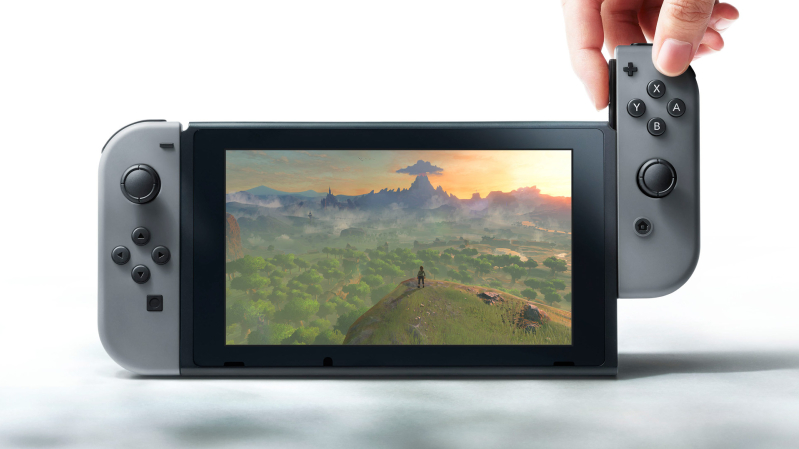
While we still do not know too much about the Nintendo Switch other than the fact that you will be able to play this console in front of a big-screen TV right in the comfort of your living room in one instant, only to detach it and continue playing the same game while you are on the move. In other words, it will be a 2-in-1 gaming device that is portable and stationary, depending on the situation at hand. Apart from that, we also know that the Nintendo Switch is being prepared for a March 2017 release, so you might want to save up some money this holiday season in order to pick up the Nintendo Switch next spring.
To have a console being able to make the switch (pardon the pun) between portable and stationary modes would mean having to make some compromises in terms of the hardware specifications. Surely the Nintendo Switch is not going to be as powerful as even the current generation Xbox One or PS4 when it is being used as a portable handheld, although we are certainly expecting it to pack far more processing muscle compared to the Wii U.
More will be revealed presumably at the Nintendo Switch livestream presentation that is slated to happen this coming January 12th, where there will also be an event in New York the day after. Hopefully those presentations will help clear up the air about the Nintendo Switch, especially when we have heard recent rumors that the Nintendo Switch will come with an older generation of NVIDIA processors running proceedings from within. Certainly no one would like to have a new console with older parts in them, when its competitors are drawing farther and farther away, right?
What are some of the speculations involved concerning the Nintendo Switch’s hardware specifications? Well, rumor has it that the clock-speeds would not comprise of the 768/307.2MHz combination, but will be the theoretical maximums instead. The CPU is said to be able to achieve a frequency of 1.02 GHz at best, never mind if it is docked or not, and that is edging close to half the rated maximum frequency of the A57 cores. As for the Nintendo Switch’s dock, this particular Maxwell-based Tegra SoC will have its graphics hardware run at 768MHz. When it is no longer docked and running on battery power alone, then the clock speed will be reduced to 307.2MHz. In other words, a mere 40% of its docked speed. With that in mind, playing your games docked would always yield far superior graphics that will definitely go some way in enhancing the gaming experience for many. The rather limited (so far from what the general public knows) clock speed on the Nintendo Switch does make us wonder why there are still so many publishers who are more than willing to develope titles for the Nintendo Switch. Perhaps it is because graphics do not really matter all that much anymore, but rather, the potential of the platform itself that will allow gamers to play their favorite titles on the move.
What do you think of the relatively modest specs sheet of the Nintendo Switch so far? It will most probably run at 720p as a portable, as reported by EuroGamer.







